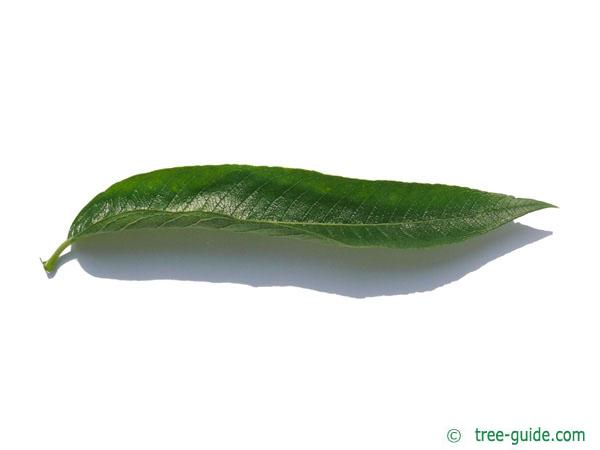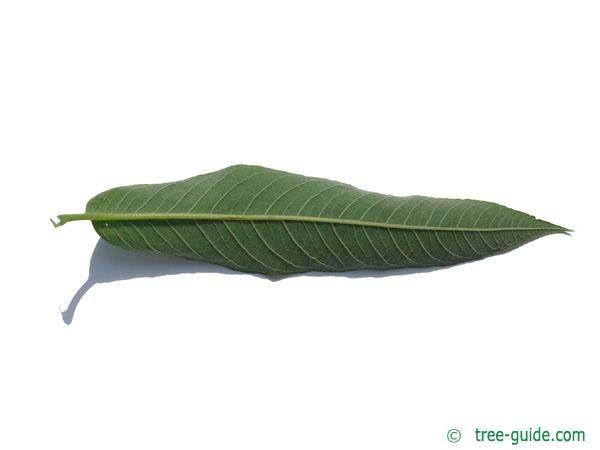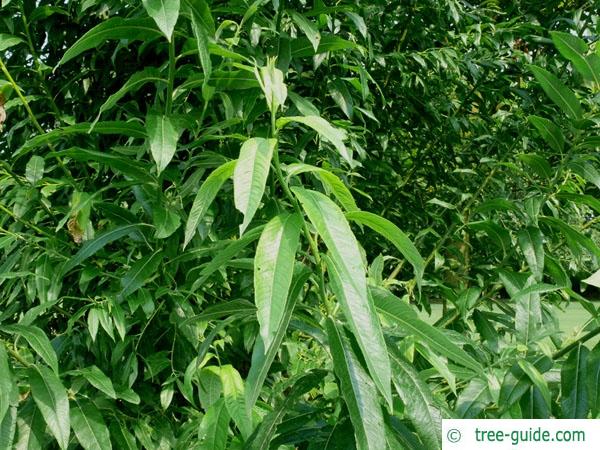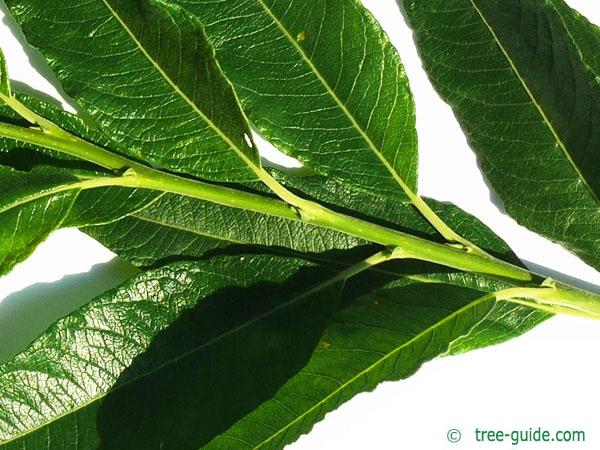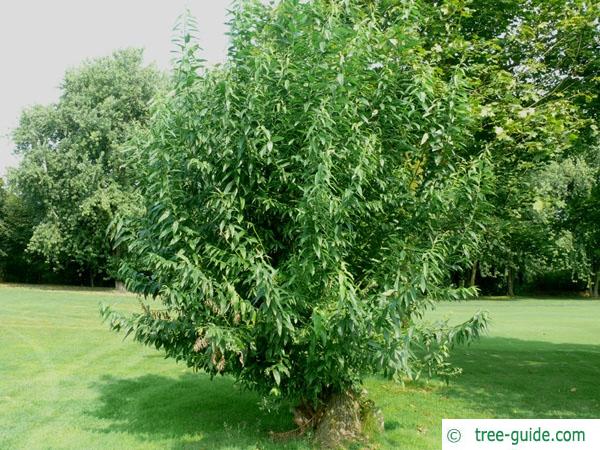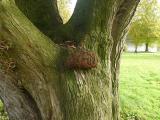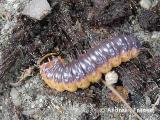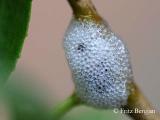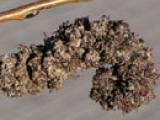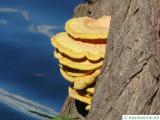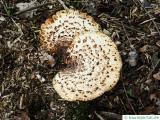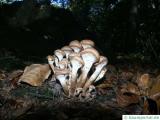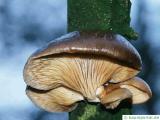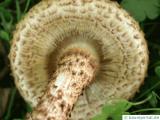Basisdaten
The Crack willow is native to Europe and western and central Asia. Like all willows is the crack willow an important bee pasture.
Tree profile
The leaves of Crack willow are lanceolate, up to 16 cm (6.3 in) long and 2 - 3 cm (0.8 – 1.2 in) broad. The leaf margins are finely toothed.
The gray-white catkins of willow are 3 - 6 cm (1.2 - 2.4 in) large.
Catkins of many small seeds, dissolve readily in the wind and germinate quickly on the ground.
The branches are thin, flexible and greenish. The yellowish-red buds are elongated and lie on. The buds standing very tight.
pioneer plant, riverbank and embankment planting







